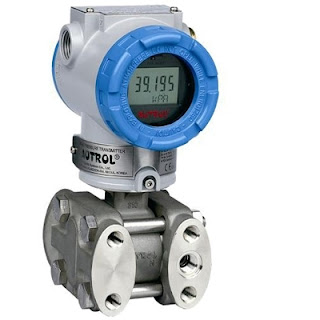 |
| Add value to your team with a technical sales engineer |
Process and control equipment is most often sold with the support of sales engineers working for the local distributor or representative. Realizing what these specialists have to contribute, taking advantage of their knowledge and talent, will help save time and cost, contributing to a better project outcome.
Consider these contributions:Product Knowledge: Sales engineers, by the nature of their job, are current on new products, their capabilities and their proper application. Unlike information available on the Web, sales engineers get advanced notice of product obsolescence and replacement. Also, because they are exposed to so many different types of applications and situations, sales engineers are a wealth of tacit knowledge that they readily share with their customers.
Experience: As a project engineer, you may be treading on fresh ground regarding some aspects of your current assignment. You may not have a full grasp on how to handle a particular challenge presented by a project. Call in the local sales person - there can be real benefit in connecting to a source with past exposure to your current issue.
Access: Through a technical sales engineer, you may be able to look “behind the scenes” with a particular manufacturer and garner important information not publicly available. Sales reps deal with people, making connections between customers and manufacturer's support personnel that may not normally be public facing. They make it their business to know what’s going on with products, companies, and industries.
Of course, sales engineers will be biased. Any solutions proposed are likely to be based upon the products sold by the representative. But the best sales people will share the virtues of their products openly and honestly, and even admit when they don’t have the right product. This is where the discussion, consideration and evaluation of several solutions become part of achieving the best project outcome.
As an engineer who designs or manufactures a product or process, it's highly recommended you develop a professional, mutually beneficial relationship with a
technical sales expert, a problem solve. Look at a relationship with the local sales engineer as symbiotic. Their success, and your success, go hand-in-hand.





























